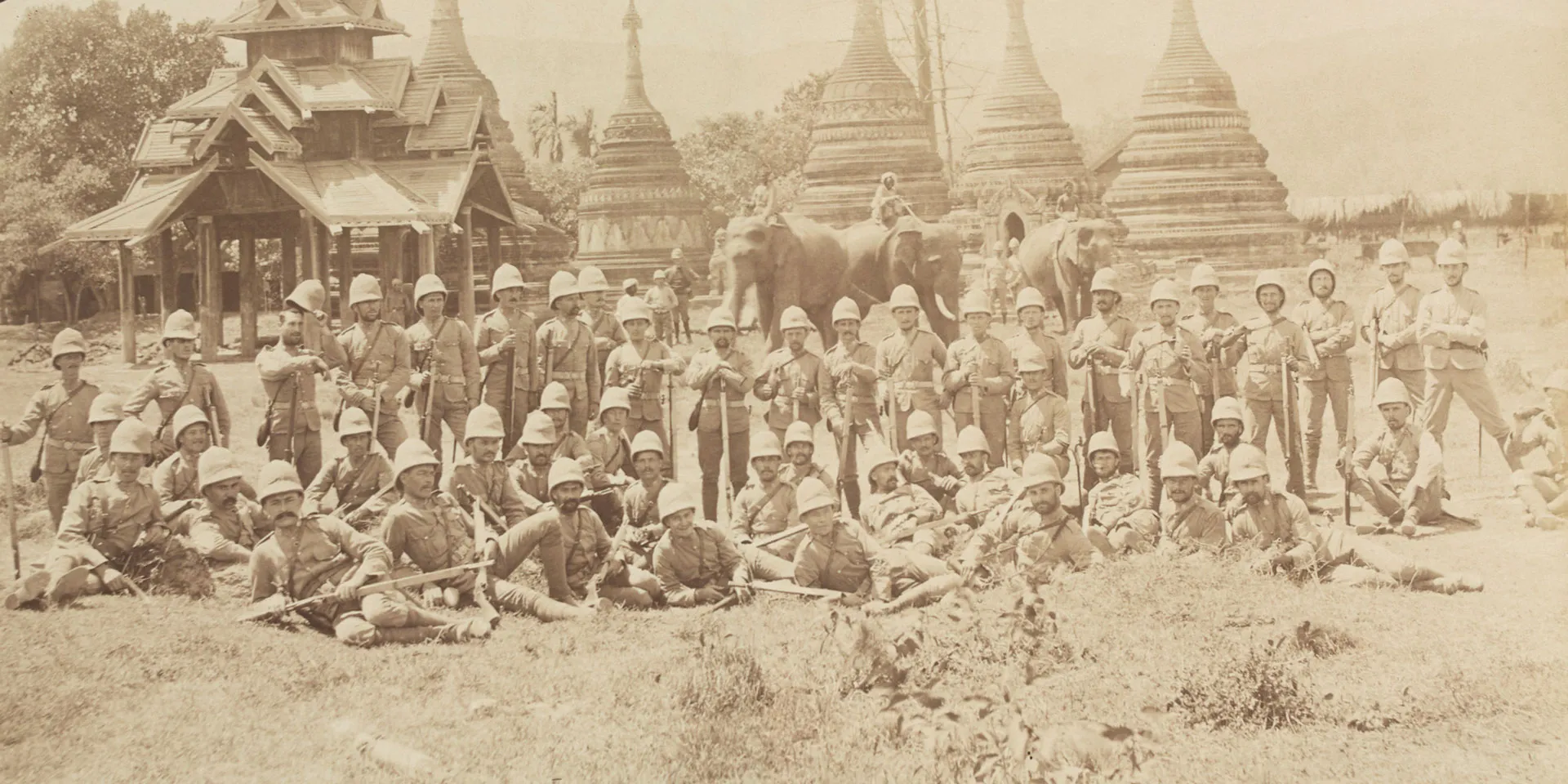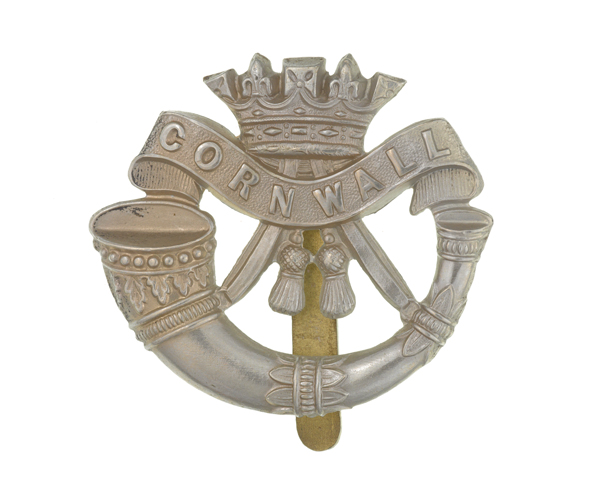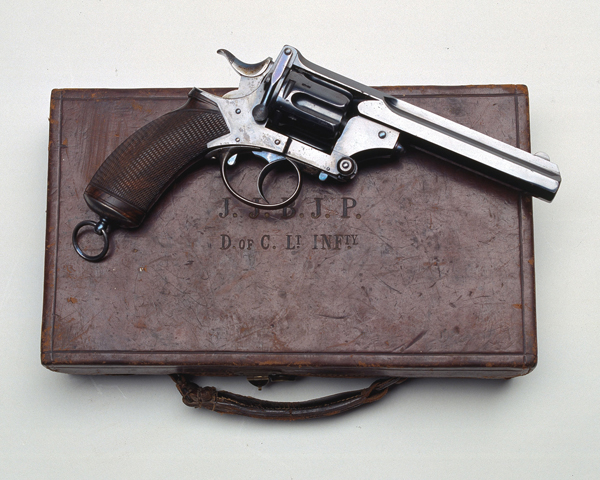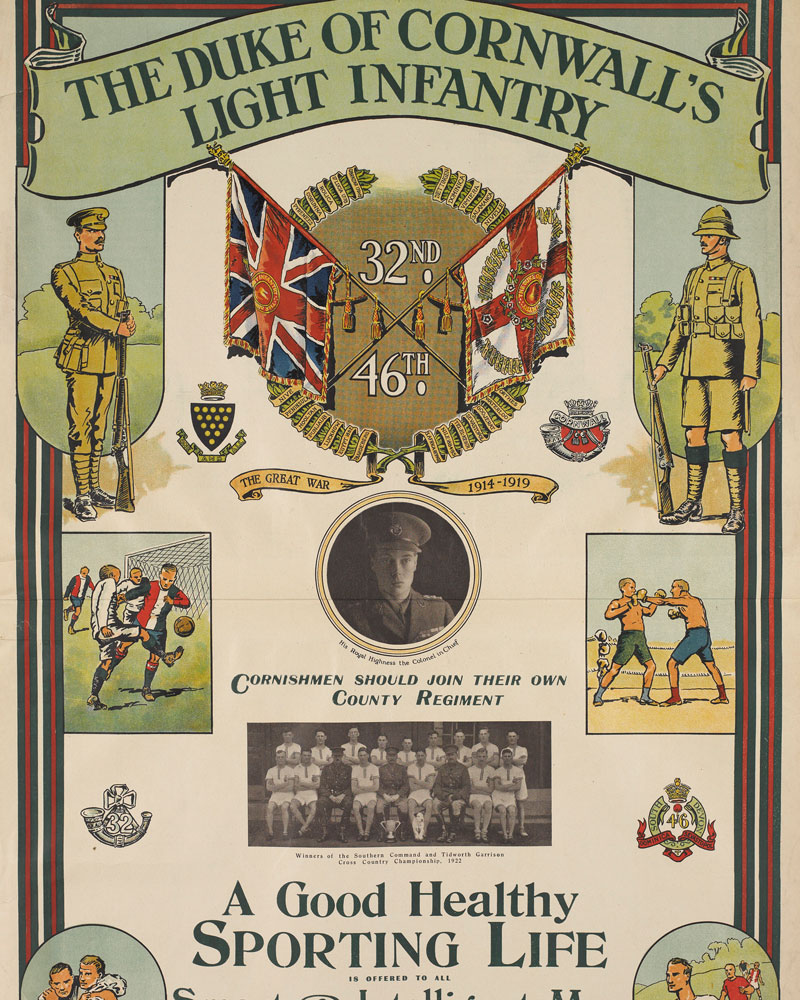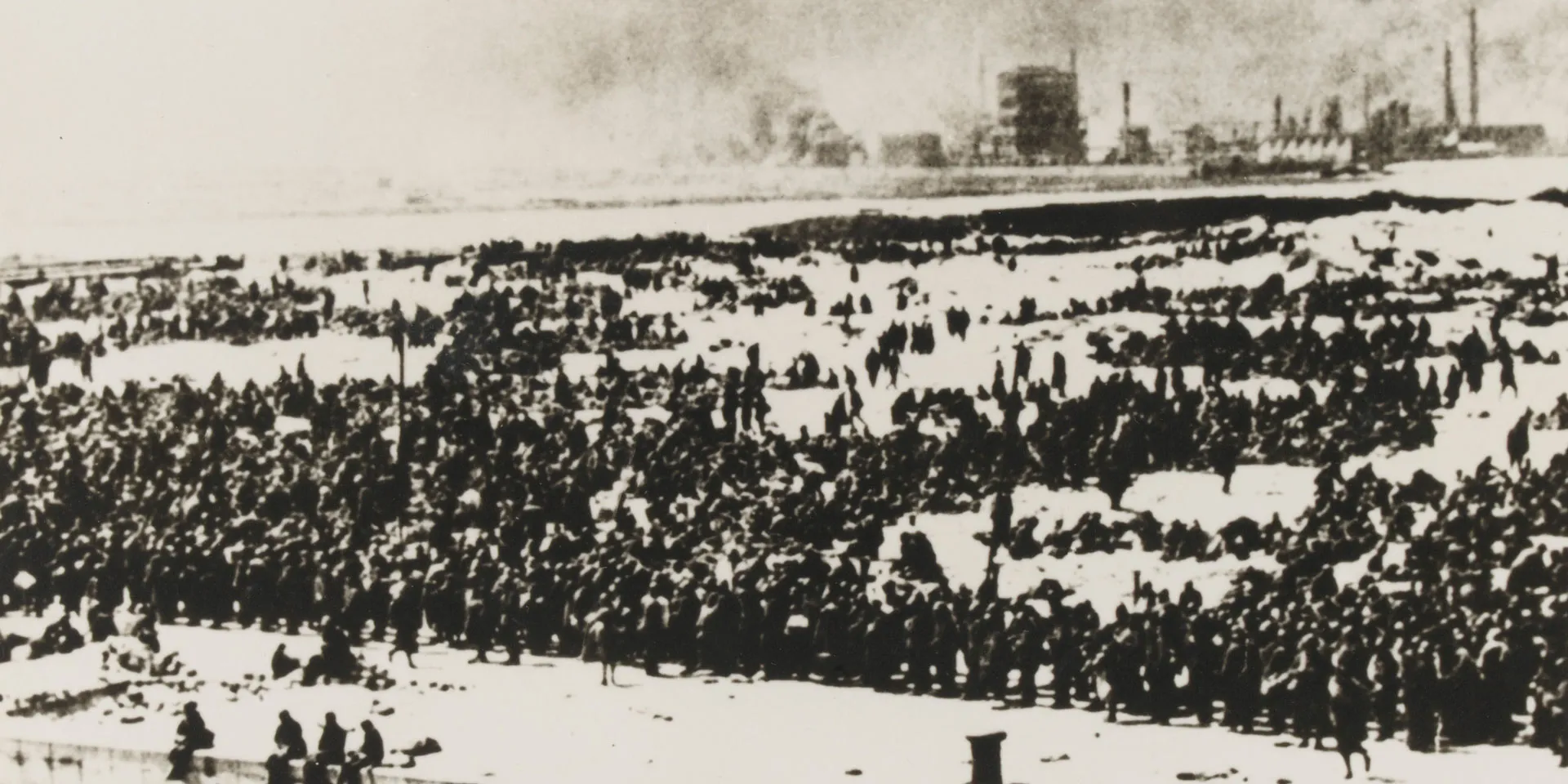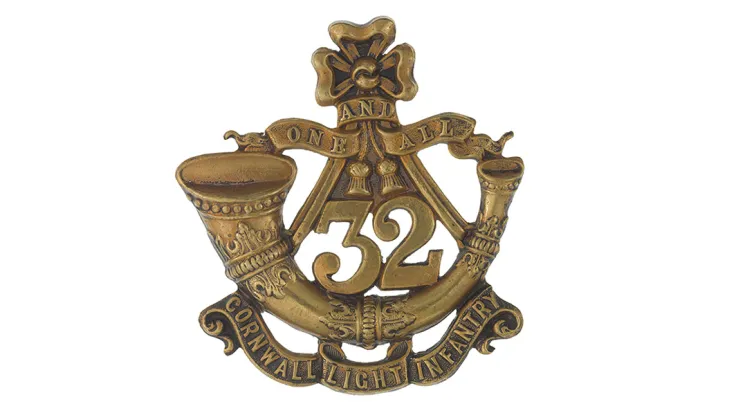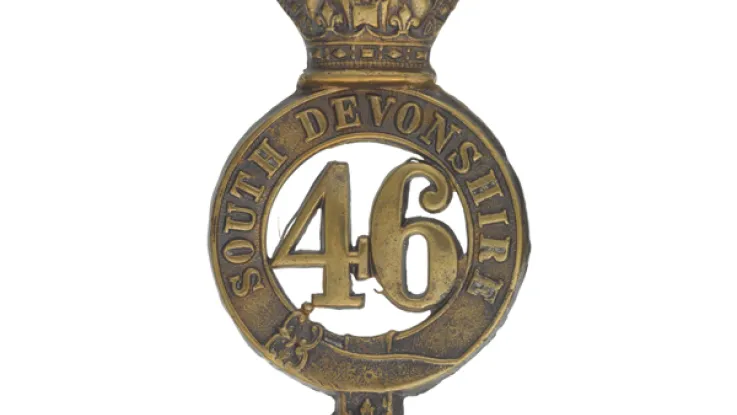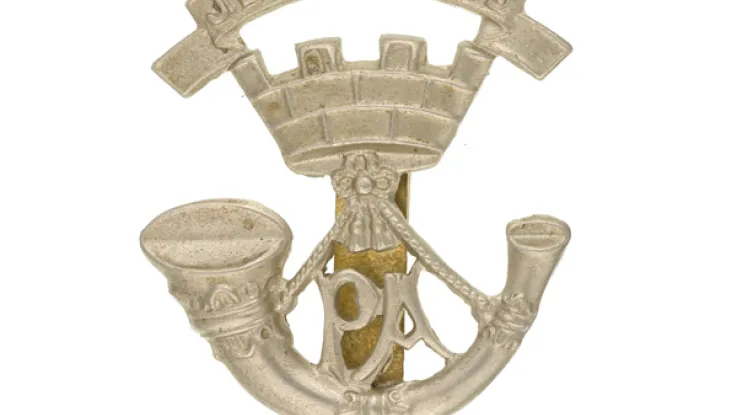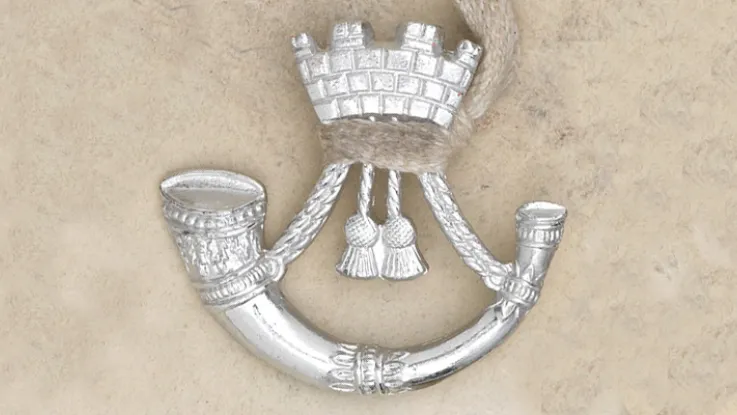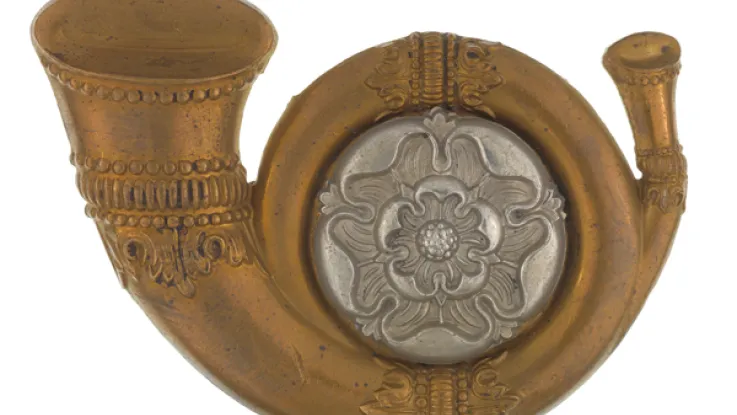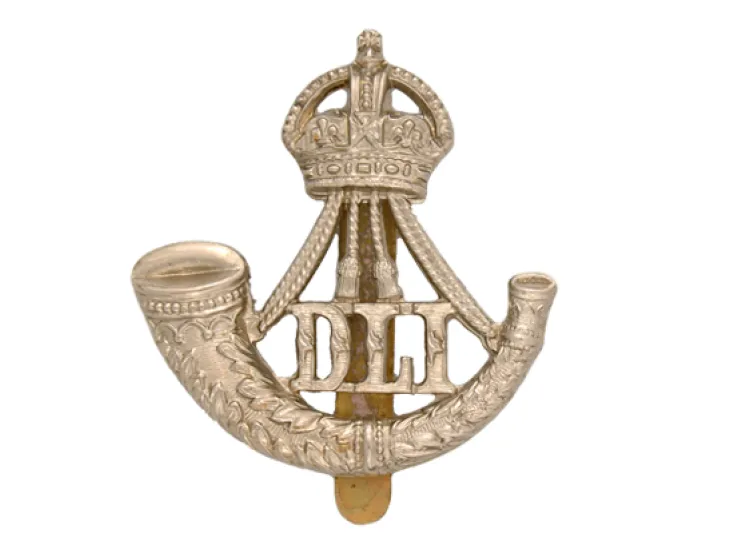Origins
This regiment was established in the 1881 Army reforms by merging the 32nd (Cornwall Light Infantry) Regiment and the 46th (South Devonshire) Regiment. These became the new unit's 1st and 2nd Battalions respectively.
It was named ‘The Duke of Cornwall’s’ after Queen Victoria’s eldest son, the future King Edward VII. It also retained the light infantry status and Cornish connections of the 32nd Regiment.
Early campaigns
2nd Battalion garrisoned Gibraltar, before fighting in Egypt in 1882 and in the First Sudan War (1884-85). 1st Battalion spent the same period on home service and on Malta.
Following home service in England and Ireland, 2nd Battalion then deployed to the Boer War (1899-1902) in 1900. It fought at Paardeberg (1900) and helped to capture Bloemfontein. Garrison duties at Gibraltar, Bermuda, South Africa and Hong Kong followed.
Meanwhile, in 1888, 1st Battalion had moved to the Indian subcontinent, where it stayed for 17 years. This included a posting to Burma where it undertook anti-guerrilla operations, service during the Tirah campaign on the North-West Frontier (1897), and the guarding of Boer prisoners on Ceylon (now Sri Lanka). It then garrisoned South Africa and Britain.
First World War
1st Battalion deployed directly from Britain to the Western Front in August 1914. It remained there for the rest of the First World War (1914-18), except for a six-month spell in Italy from November 1917. 2nd Battalion spent 11 months on the Western Front from December 1914, before shifting to Macedonia.
The regiment also raised 11 Territorial and New Army battalions. These served in Salonika, India, Aden, Egypt and Mesopotamia, as well as on the Western Front.
Inter-war
2nd Battalion spent the 1920s and 1930s in India, Iraq, Germany (with the Army of Occupation), Gibraltar, Guernsey and England. Meanwhile, 1st Battalion served in Ireland and in India.
Second World War
In September 1939, 2nd Battalion deployed to France with the British Expeditionary Force. It was evacuated from Dunkirk in 1940.
1st Battalion only left India in December 1941. It joined the British occupation force in Iraq, before moving to North Africa. It suffered such heavy casualties near Tobruk in August 1942 that it had to disband.
A new 1st Battalion was formed four months later by renaming the regiment’s 6th Battalion. This remained in Britain for the rest of the war.
2nd Battalion spent almost three years back in Britain before joining the Tunisian campaign in March 1943. It moved to Italy in January 1944, and then Greece in December of the same year.
Meanwhile, the Territorial 5th Battalion had landed in Normandy in 1944. It went on to fight its way across North-West Europe.
Post-war
In 1946, 1st Battalion was sent to keep order in Haifa in Palestine. It moved to Cyprus the following year, and then to Somaliland. In 1950, the regiment’s two regular battalions merged.
From 1951 to 1959, the regiment mainly served with the British Army of the Rhine in Germany. However, it was also stationed on Bermuda in 1953, becoming the final British Army unit to garrison the island.
Legacy
In 1959, the regiment was merged with The Somerset Light Infantry (Prince Albert's) to form The Somerset and Cornwall Light Infantry.
Regimental museums
The National Army Museum works with a network of Regimental and Corps Museums across the UK to help preserve and share the history and traditions of the Army and its soldiers.
Discover more about The Duke of Cornwall’s Light Infantry by visiting Bodmin Keep.

